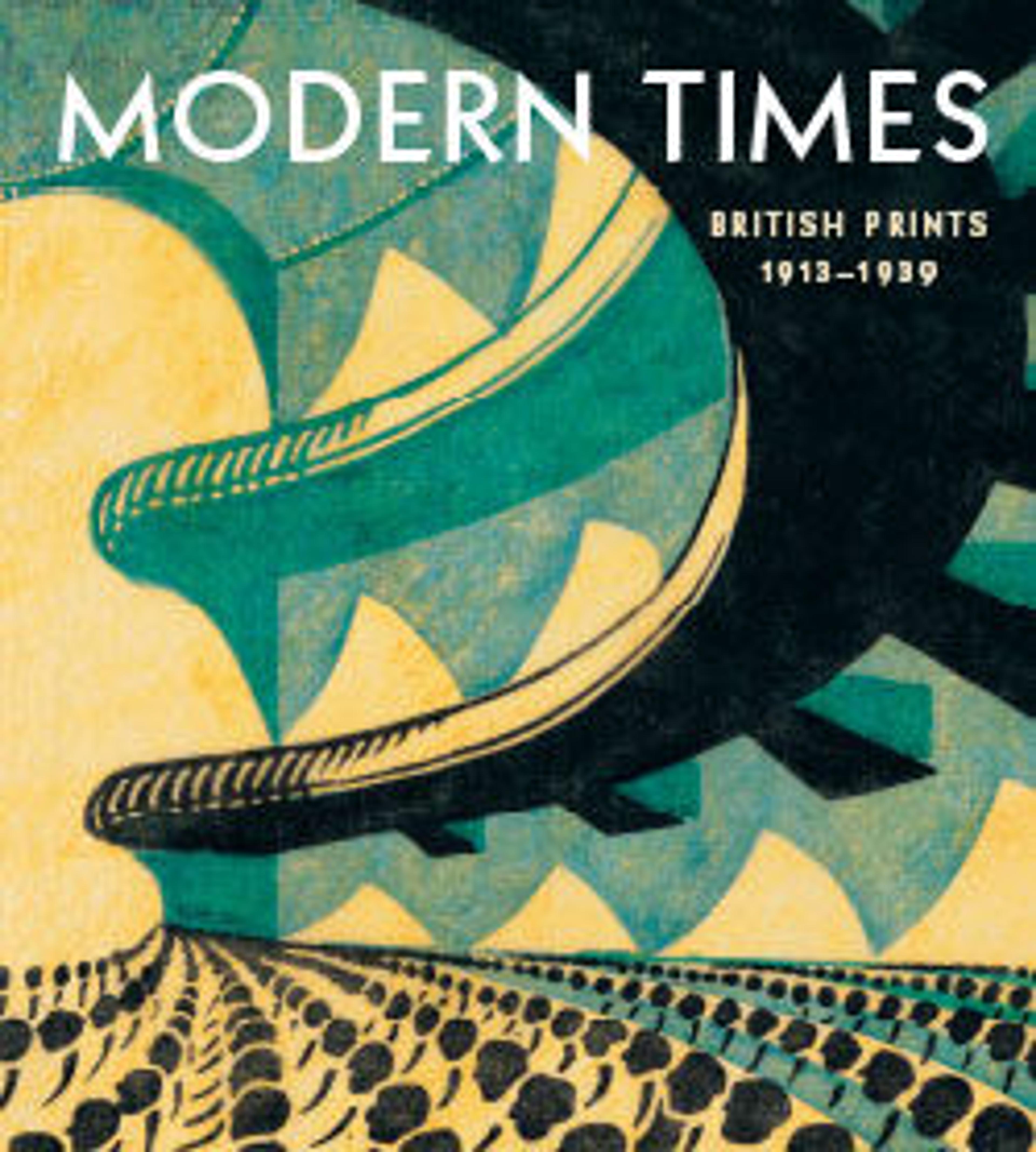Yorkshire Village
Wadsworth was greatly inspired by the industrial landscape found in West Yorkshire, an area he knew from his childhood. Works such as Yorkshire Village use an abstract, reductive vocabulary based on faceted geometric forms that recalls early Cubist landscapes by Picasso and Braque. Wadsworth simplified the composition considerably, capturing spare architectural details such as chimneys and roofs of factories and buildings in the valley below, made more dramatic by his elevated viewpoint. Yorkshire Village is one of Wadsworth’s first color woodcuts. The combination of different colors allowed him to explore a range of possibilities while maintaining the stark, impersonal quality he sought with woodcut. The inscription "Heptonstall" refers to the West Yorkshire town; Wadsworth frequently wrote below his images the names of places where, and even the dates of when, he made designs for woodcuts.
Artwork Details
- Title: Yorkshire Village
- Artist: Edward Alexander Wadsworth (British, Cleckheaton, West Yorkshire 1889–1949)
- Date: 1914
- Medium: Woodcut
- Dimensions: Sheet: 14 1/16 × 10 1/2 in. (35.7 × 26.7 cm)
Block: 7 11/16 × 4 3/4 in. (19.5 × 12 cm) - Classification: Prints
- Credit Line: Purchase, Leslie and Johanna Garfield Gift, Lila Acheson Wallace, Charles and Jessie Price, and David T Schiff Gifts, The Elisha Whittelsey Collection, The Elisha Whittelsey Fund, Dolores Valvidia Hurlburt Bequest, PECO Foundation and Friends of Drawings and Prints Gifts, and funds from various donors, 2019
- Object Number: 2019.592.308
- Curatorial Department: Drawings and Prints
More Artwork
Research Resources
The Met provides unparalleled resources for research and welcomes an international community of students and scholars. The Met's Open Access API is where creators and researchers can connect to the The Met collection. Open Access data and public domain images are available for unrestricted commercial and noncommercial use without permission or fee.
To request images under copyright and other restrictions, please use this Image Request form.
Feedback
We continue to research and examine historical and cultural context for objects in The Met collection. If you have comments or questions about this object record, please complete and submit this form. The Museum looks forward to receiving your comments.
